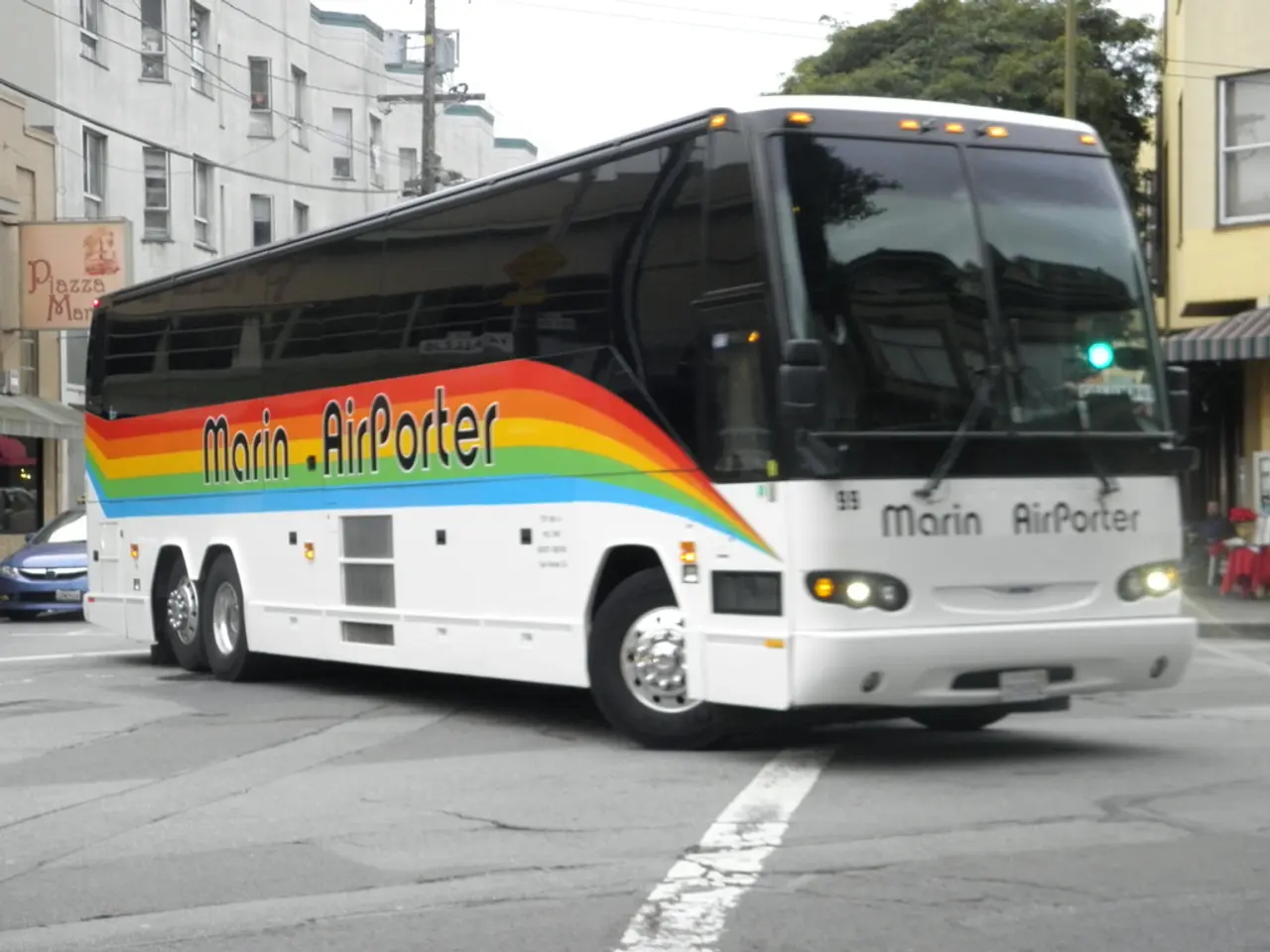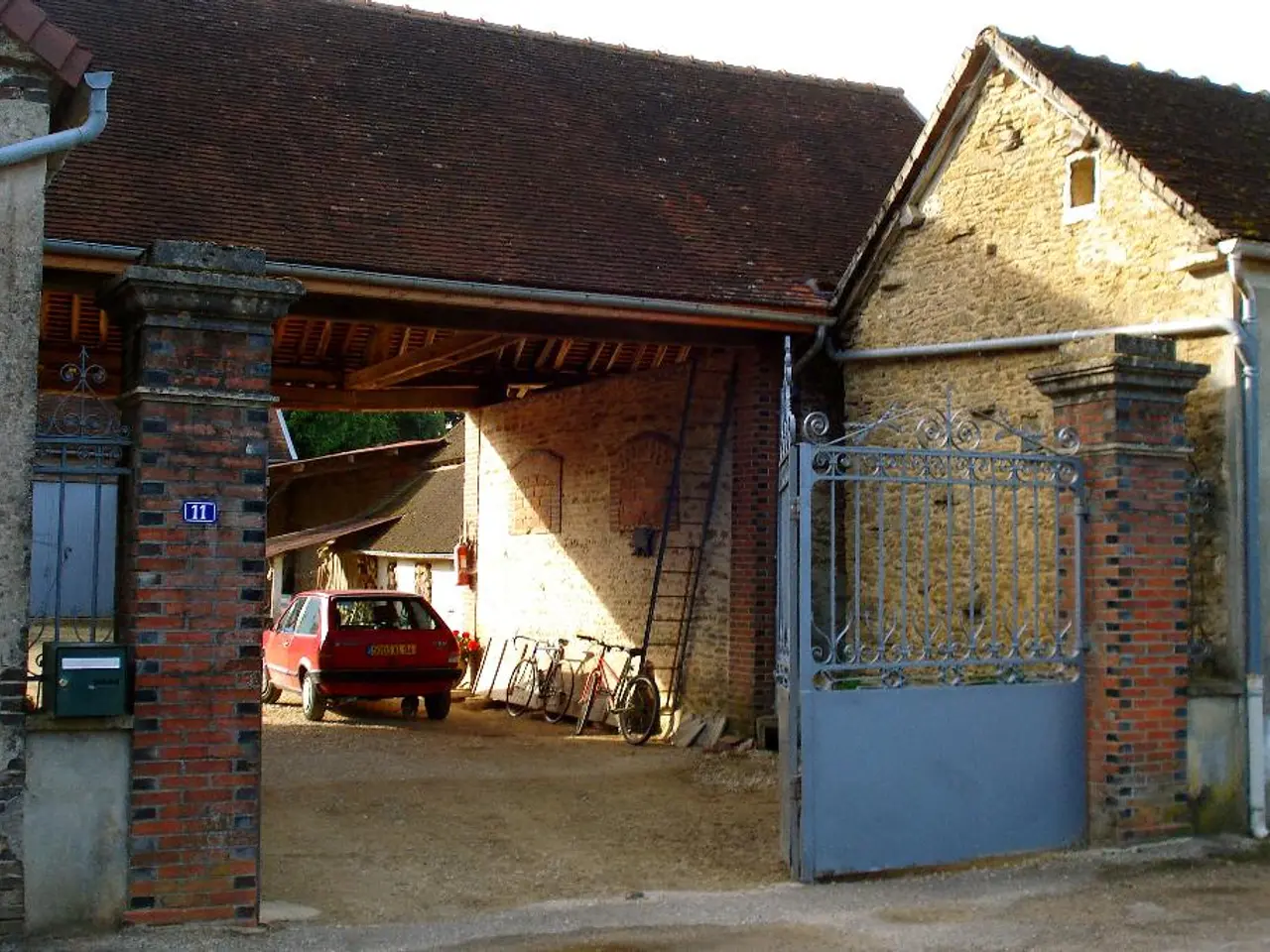City Development and the Struggle for optimal Transportation Methods
India is facing a significant challenge in implementing sustainable, inclusive, and fiscally viable urban transit systems. Rapid growth in private vehicles, especially two-wheelers and cars, has led to urban congestion and poor air quality. Inadequate public transport capacity and access, high capital and operational costs of metro rail, fragmented governance, and the presence of unplanned informal para-transit modes are exacerbating the situation.
However, potential solutions are on the horizon. One key strategy is to expand and integrate mass transit systems like metros, trams, and electric buses to move large populations efficiently and sustainably. For instance, the National Common Mobility Card (NCMC) aims to provide interoperable ticketing for metro, bus, and suburban rail services.
Another approach is to regulate and formally integrate informal para-transit within urban mobility planning. This could improve network efficiency and reduce congestion. The Government of India's flagship responses, PM e-Bus Sewa-Payment Security Mechanism (PSM) and PM Electric Drive Revolution in Innovative Vehicle Enhancement (PM e-DRIVE), aim to seed 38,000 and 14,000 electric buses, respectively.
Developing walkable infrastructure for safe and accessible last-mile connectivity to transit stations is also crucial. This enhancement would make the overall system more inclusive. The Gati Shakti National Master Plan (2021) seeks multimodal integration in urban transport, aiming to improve walkability and overall system efficiency.
Creating dedicated urban transport governance cadres and integrated metropolitan transport authorities could streamline planning, implementation, and regulation across jurisdictions. The National Urban Transport Policy (NUTP, 2006, revised 2014) initially shifted the focus from "moving vehicles to moving people".
France provides an example of successful implementation. In cities like Lyon, 60 percent of Operating and Maintenance (O&M) costs come from the farebox, balancing this with a parking levy hypothecated to transit. Brazil's Curitiba pioneered the "trunk-feeder" design and zoning along high-capacity corridors, resulting in approximately 54 percent of residents within 500m of a BRT stop.
Moreover, shifting 20 percent of two-wheeler trips to electric buses could avoid 6 Mt CO2 annually by 2030. Climate co-benefit integration, urban freight & mixed-traffic management, and establishing a National Urban Mobility Observatory are other strategies to balance sustainability, inclusivity, and fiscal viability in Indian urban transit systems.
Successful implementation requires a holistic approach combining infrastructure investment, policy reform, governance innovation, and multimodal integration. Europe, for instance, has already achieved this, with light rail & tram ridership equalling metro + regional rail combined (10.4 billion trips / year, 2018). China integrates land auction revenues with metro funding, and TOD around metro stations captures up to 30 percent of value-increment.
Gender-responsive design, such as reserve operating subsidies for operators meeting safety KPIs and creating "pink routes" with timed feeder services matching women's employment hubs, can also improve the inclusivity of urban transit systems. Affordable mass transit can reduce "spatial poverty traps", improving women's labor-force participation by up to 15 percentage points.
Kochi is poised to pilot India's first modern light-tram corridor, setting a precedent for sustainable urban transportation in the country. The current challenges are significant, but with the right strategies and investments, India can transform its urban transportation landscape.
- Aiming to improve network efficiency and reduce congestion, it's essential to regulate and formally integrate informal para-transit within urban mobility planning, as outlined in the Government of India's flagship responses such as PM e-Bus Sewa-Payment Security Mechanism (PSM) and PM Electric Drive Revolution in Innovative Vehicle Enhancement (PM e-DRIVE).
- To make the overall urban transport system more inclusive, developing walkable infrastructure for safe and accessible last-mile connectivity to transit stations becomes crucial, as advocated in the Gati Shakti National Master Plan (2021).
- Climate co-benefit integration, urban freight & mixed-traffic management, and establishing a National Urban Mobility Observatory are strategies that can balance sustainability, inclusivity, and fiscal viability in Indian urban transit systems, following the example set by Europe and China.




